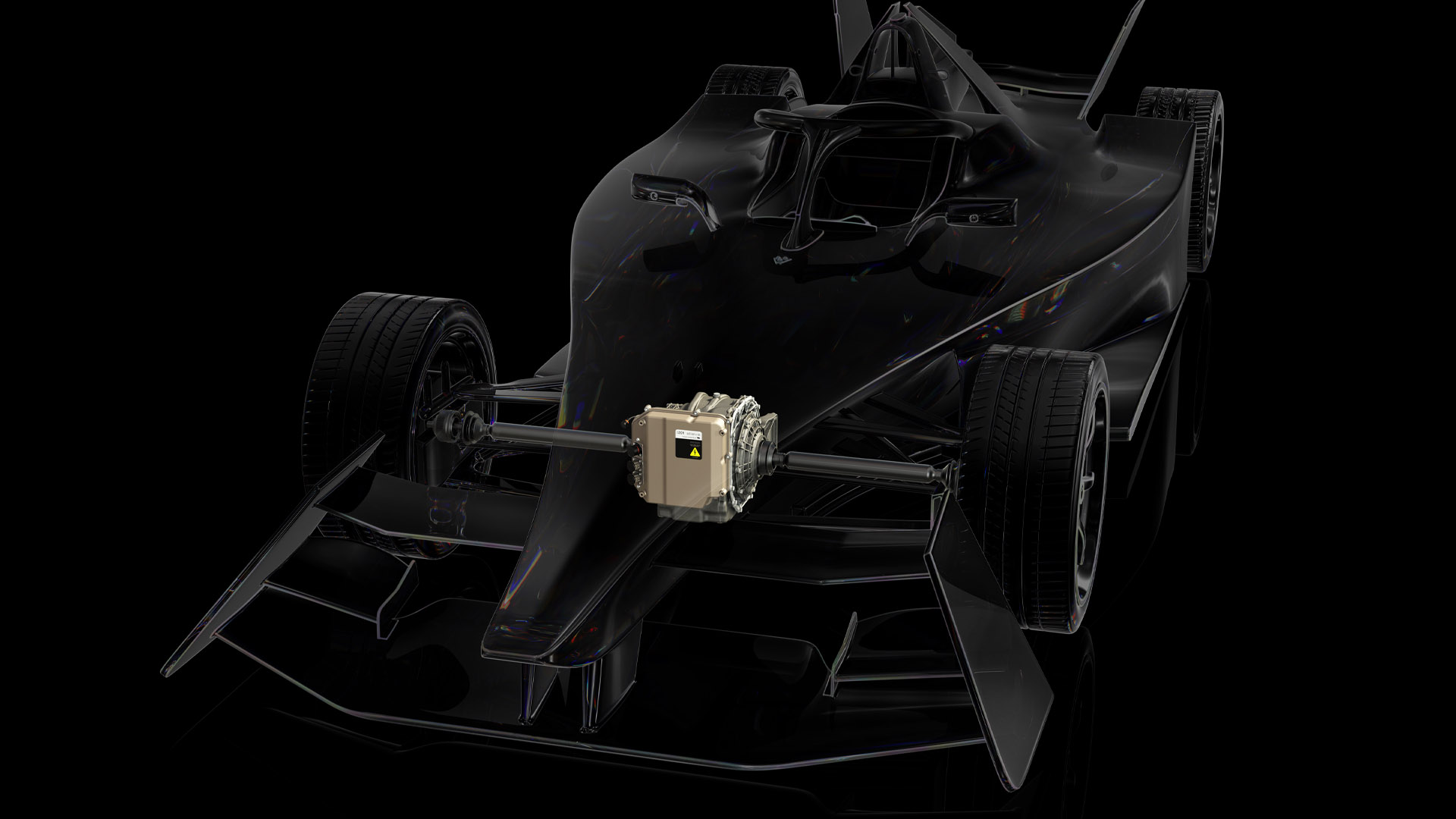

Electric cars have come a long way. Once nothing but status symbols for folks trying to make a point about climate change, they eventually turned into kings of the drag strip thanks to their neck-breaking torque and superior acceleration. There’s always room for improvement, though, especially in a world so heavily weighed down by batteries. Now, Lucid Motors has a plan for that.
The EV startup revealed its latest electric motor that packs a serious punch in a very tiny package. Weighing in at 70.5 pounds and producing 469 horsepower as it spins up to 19,500 rpm, the tiny unit has found its home as the standard drive unit inside the nosecone of every car in “the world’s leading single-seater electric racing series”—better known as Formula E.

I know what you’re thinking—what about the other pieces needed to complete a drive unit like the single-speed transmission, differential, and inverter? Well, that’s all included in the 70.5-pound official figure, which makes this all the more impressive.
Lucid is also no stranger to Formula E. In fact, the electric automaker supplied the battery system for Formula E’s Gen 2 cars, though Williams Advanced Engineering took the torch for the Gen 3 cars. Today’s announcement was a tongue-in-cheek way of saying that they’re back, this time manufacturing just the front drive unit for the Gen 3 cars. It’s also a gentle reminder that its engineers know how to pack some serious power in a small package, proving that it’s not the size of the motor that counts.
The Drive was able to confirm the exact measurements of the unit, revealing that it is only 10.2 inches wide, 10.5 inches tall, and 13.5 inches long—meaning that it can fit in nearly the same space normally occupied by a large differential.

For comparison, the performance drive unit from a Tesla Model S or X weighs 290 pounds, according to Stealth EV. Those units, which come in a substantially larger package, produce up to 536 horsepower, or around 1.85 hp/lb, or 645 hp in the so-called Ludicrous models. The Tesla Model 3 drive unit is slightly smaller than the Model S and X, though still larger than Lucid’s and weighs around 200 pounds. This unit produces around 283 hp, or 1.4 hp/lb. Lucid’s drive unit is packaged significantly more compact and dials in at a respectable 7.1 hp/lb.
It’s worth noting that those commercial drive units serve a different purpose than Lucid’s new Formula E motor, and are likely built to different standards—you’ve got consumer-facing vehicles that need longevity and on-road reliability, versus a purpose-built racing apparatus that needs to shave off pounds and take quite a bit of abuse during a race.
Despite the different needs, the motor actually uses some tech from the Lucid Air street-going car. The automaker says that its racing drive unit uses the same high-voltage continuous wave winding in the motor’s construction, plus the same microjet cooling system as the Air. Peter Rawlinson, CEO and CTO of Lucid, says that he believes that some of the new tech found in the racing motor will eventually trickle down to Lucid’s road cars in the future—just as it does with many other automakers.
Lucid’s new tech is certainly exciting to see, especially when we’ve witnessed the Lucid Air Sapphire put both the Model S Plaid and a Bugatti Chiron to shame recently. If this same tech can make its way to road cars in the future, Lucid’s cars could see some rather copious weight reduction without sacrificing battery capacity or other luxuries.
Got a tip or question for the author? Contact them directly: rob@thedrive.com